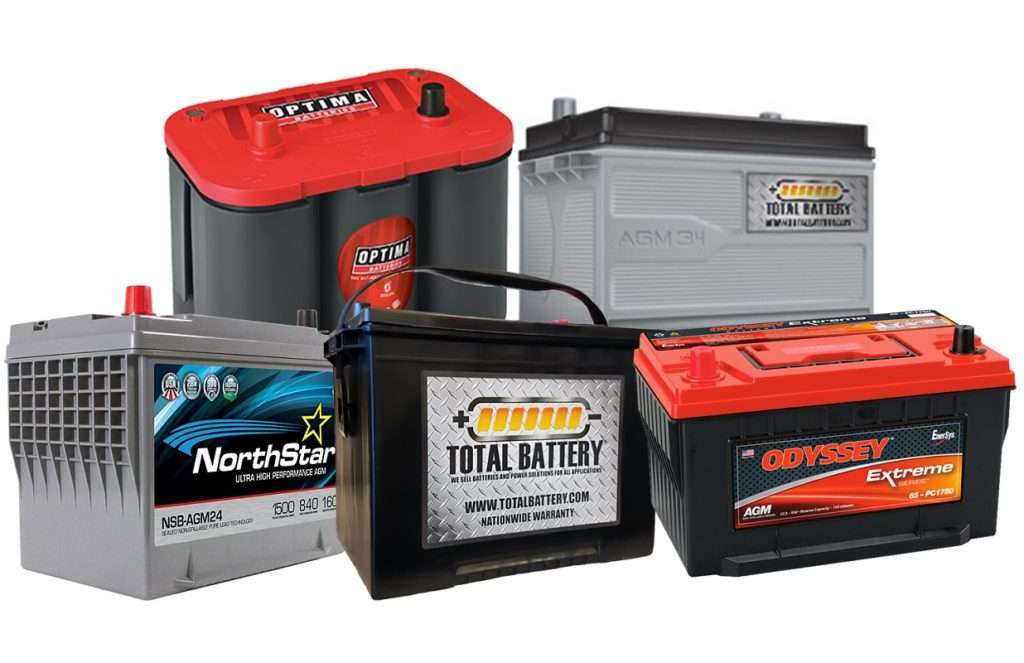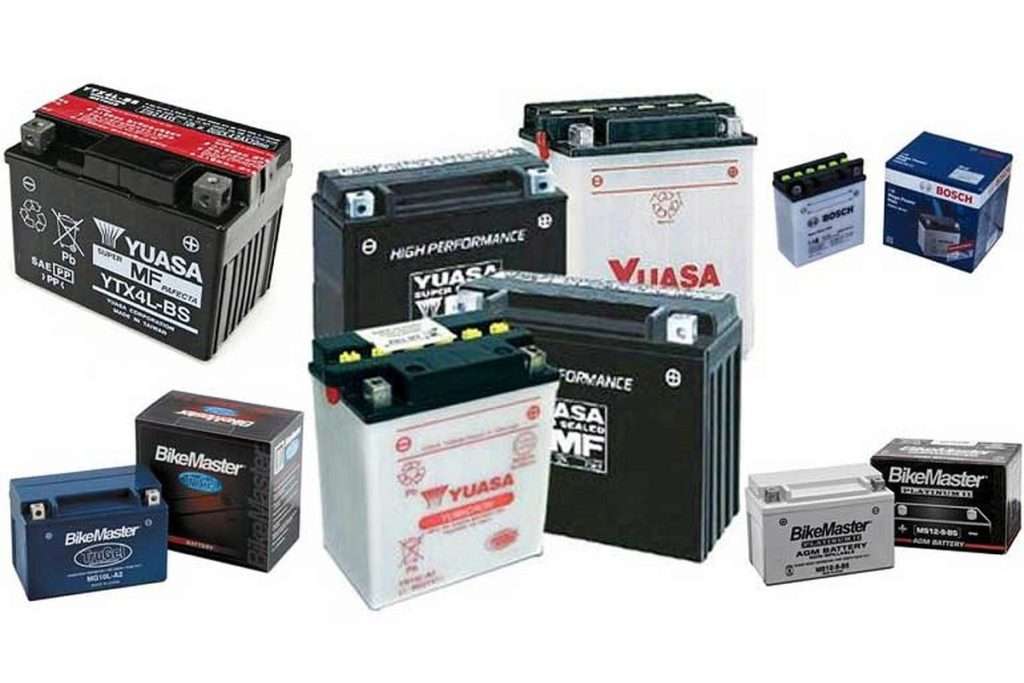A rechargeable battery produced using crab shells and zinc could store wind and solar energy, and afterward, its parts can either securely biodegrade within merely years or be recycled.
The key is chitosan, a compound got from chitin, a substance found in crab and shrimp shells. The battery could give impressive power storage and be recharged no less than multiple times, says Liangbing Hu at the University of Maryland.
Lithium-ion batteries are the ongoing norm, however, their production requires mining lithium, which can damage the environment, and there are restricted supplies of the metal.
How to choose the right battery
Batteries in light of zinc ions are a fascinating option since zinc is so abundant in nature, says Hu. Nonetheless, zinc-ion batteries typically can’t be charged commonly and perform ineffectively in light of the fact that the water inside the battery which is fundamental as a conductor for the ions corrodes the zinc and forms deposits on the anode that interfere with the battery’s function.
Hu chose to investigate chitosan on the grounds that its molecules bond well with water, and that implies fewer water molecules ought to be accessible to respond with the zinc, which could assist with forestalling zinc corrosion.
Biodegradable and generally accessible in nature all through the world, chitosan is protected and reasonable, says Hu. A solitary coin-sized cell battery film 2 centimeters wide that isolates the anode from the cathode would just require 20 micrograms of financially accessible chitosan powder, which would cost about US 0.00017 pennies.
Hu and his partners made an adaptable, straightforward layer that contained chitosan and zinc ions, packing it until it was level and thick. They then, at that point, put this over the zinc anode. The cathode was made of a natural compound known as poly(benzoquinonyl sulfide) or PBQS.
Testing showed that the layer permitted high, fast conductivity of zinc ions without the average zinc corrosion in water. All things considered, particles of zinc transformed into minute hexagonal platelets that stacked up in level layers at the edge of the test battery’s anode – proceeding to assist lessen undesirable reactions with the zinc.
Battery Troubleshooting: How to Fix Car Battery?
With respect to performance and lifespan, the prototype worked at a high current density of 50 milliamperes for every square centimeter for 400 hours or 1000 patterns of charge, which is similar to little lithium batteries.
“It’s anything but something simple for batteries to work at high current density,” says Hu.
Inside a shut battery, chitosan would continuously debase over a time of quite a while, and the excess zinc could be recycled, he says.


